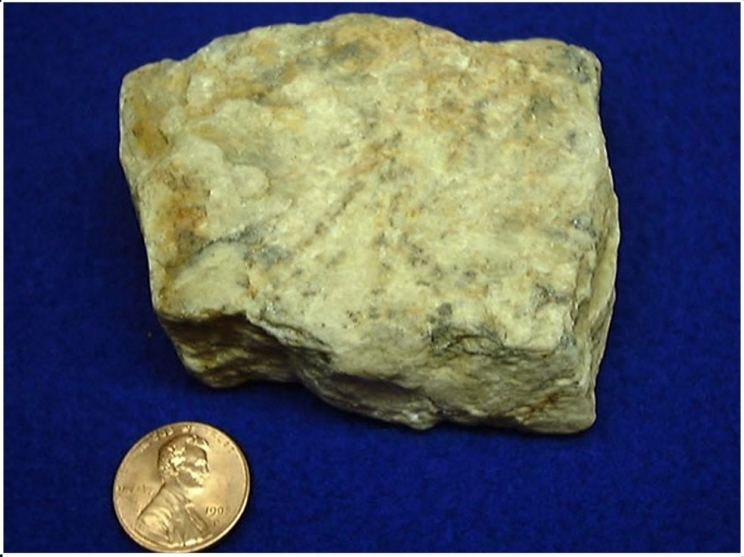
The US Department of Labor has proposed a delay in the effective date of its Occupational Exposure to Beryllium rule from March 21 to May 20, 2017. The announcement follows the White House’s memorandum calling for a regulation freeze and review of January 20, directing the department to review any new or pending regulations and temporarily postpone the date that they would take effect.
The proposed delay will give the Occupational Safety and Health Administration (OSHA) an opportunity for further review and consideration of the rule in keeping with the White House’s memorandum. OSHA had posted the final rule on January 9, and in response to the memorandum previously announced the effective date would be postponed to March 21.
OSHA estimates that the rule will save 90 lives from beryllium-related diseases and prevent 46 new cases of chronic beryllium disease each year once the effects of the rule are fully realized. The rule is projected to provide net benefits of about $560.9 million annually. About 62,000 workers are exposed to beryllium in their workplaces, including many dental labs.
The rule reduces the permissible exposure limit for beryllium to 0.2 µg per cubic meter of air, averaged over 8 hours. It also establishes a short-term exposure limit for beryllium of 2.0 µg per cubic meter of air during a 15-minute sampling period. Employers will need to make available medical exams to monitor exposed workers and provide medical removal protection benefits to workers identified with a beryllium-related disease. Furthermore, employers will need to:
- Use engineering and work practice controls such as ventilation or enclosures to limit worker exposure to beryllium,
- Provide respirators when controls cannot adequately limit exposure,
- Limit worker access to high-exposure areas,
- Develop a written exposure plan, and
- Train workers on beryllium hazards.
“Outdated exposure limits do not adequately protect workers from beryllium exposure. OSHA’s new standard is based on a strong foundation of science and consensus on the need for action, including peer-reviewed scientific evidence, a model standard developed by industry and labor, current consensus standards, and extensive public outreach,” said David Michaels, PhD, MPH, assistant secretary of labor for OSHA.
In its review process, OSHA has preliminarily determined that it is appropriate to further delay the effective date to May 20, for the purpose of additional review into questions of law and policy. The proposed extension will not affect the compliance dates of the beryllium rule. Comments regarding the additional proposed extension will be accepted through March 13, at regulations.gov.
Related Articles
New Rule Limits Beryllium Exposure in Dental Labs
OSHA Proposes Changes to Beryllium Regulations
Environmental Group Sues to Reinstate Amalgam Separator Rule


